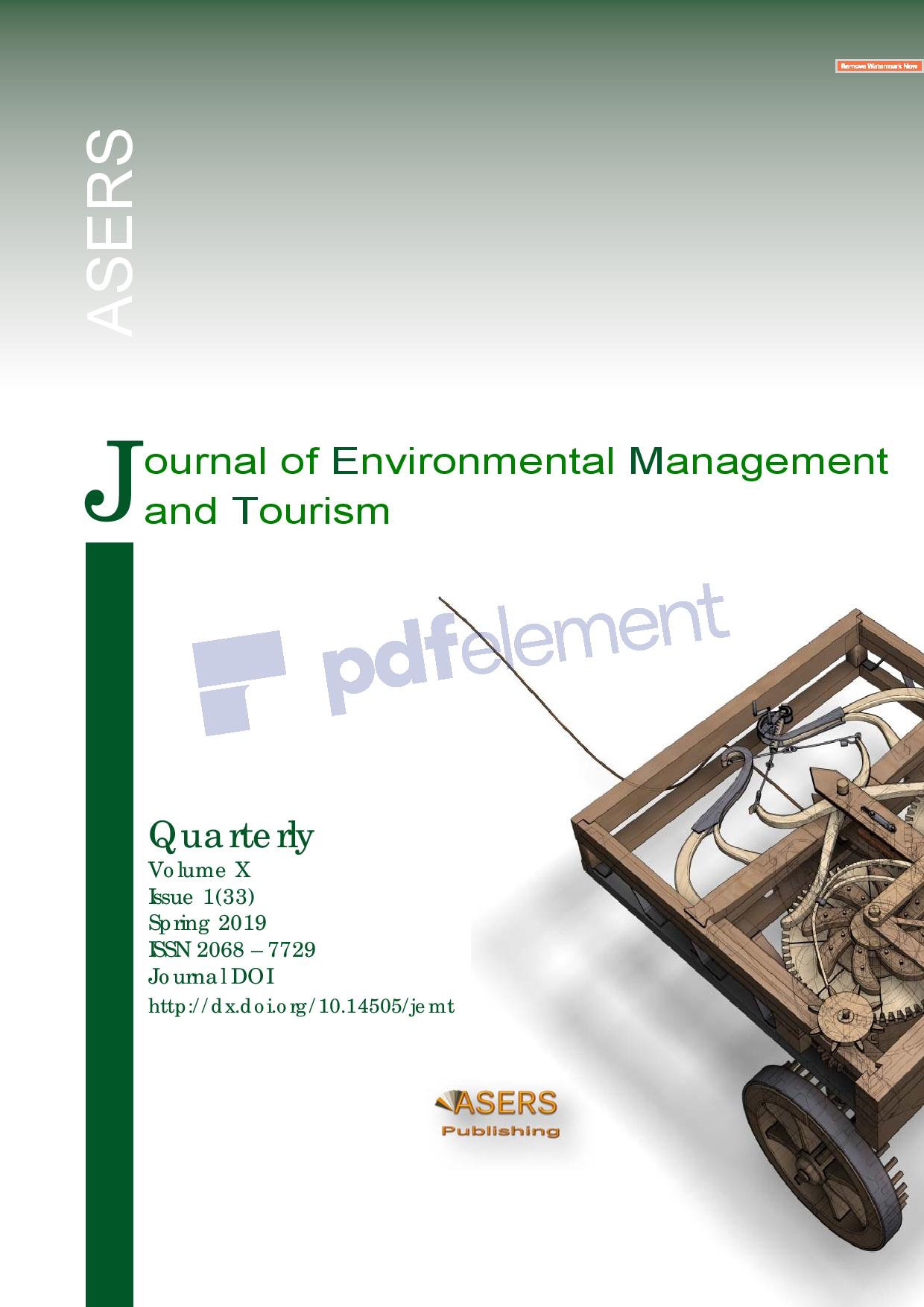Implications for Provenance since the Last Glaciations in Southeastern Andaman Sea Sediments by Clay Mineralogy
Implications for Provenance since the Last Glaciations in Southeastern Andaman Sea Sediments by Clay Mineralogy
Author(s): Suratta Bunsomboonsakul, Penjai Sompongchaiyakul, Zhifei Liu, Akkaneewut Chabangborn, Anond SnidvongsSubject(s): Energy and Environmental Studies
Published by: ASERS Publishing
Keywords: Andaman Sea; clay mineral; provenance; last glaciations; terrigenous sediment;
Summary/Abstract: This study presents high-resolution clay mineralogy of Core MASS-III-10, located in the southeastern Andaman Sea. The study aimed to investigate terrigenous sedimentary input from various potential provenances throughout different periods of geological time. The clay mineral assemblages of MASS-III-10 reveal a high amount of smectite at 73% (65-79%), a moderate kaolinite at 12% (10-17%), and a low illite and chlorite content(<15%) over the last 45 ka. Provenance analysis suggests the most fine-grained terrigenous sediments originated from the Irrawaddy Delta Shelf (IDS), with minor sediments deriving from the Andaman Islands, the East Continental Shelf (ECS), and Sumatra provenance. The results show that IDS were predominantly smectite (~44%) while the ECS largely produced kaolinite (47%). The provenance interpretation based on the smectite content revealed that over time there has been no change in the main source of sediment in the Andaman Sea, despite changes in the volume of sedimentary input. Since the last glaciation, the Myanmar provenance (including IDS) has always contributed clay minerals, while other sources made up only minor contributions to the Andaman Sea. The clay minerals from the Myanmar provenance increased when the sea level was at a low stand (MIS 2), potentially due to shoreline retreat which enabled easier transportation of sediment from other sources. During the interglacial period (MIS 1 and 3), the study found a decrease in Myanmar-sourced clay minerals, which may be because the higher sea level made clay mineral deposition more difficult.
Journal: Journal of Environmental Management and Tourism (JEMT)
- Issue Year: X/2019
- Issue No: 01 (33)
- Page Range: 140-148
- Page Count: 9
- Language: English
- Content File-PDF

